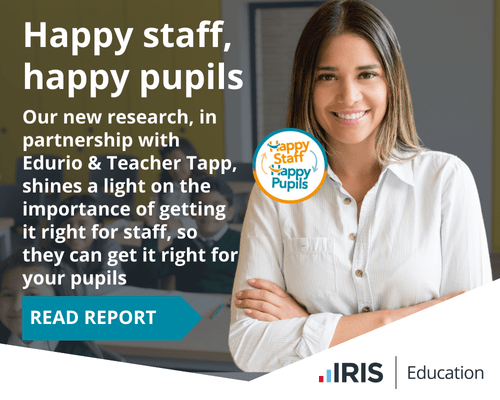
As reported by the BBC, newly published research has stated that more mergers between small Catholic and controlled schools in Northern Ireland would save money and benefit pupils and communities
The Ulster University report found 32 pairs of schools offering “primary aged education to two different communities… often only yards apart”.
They said that this led to an unnecessary duplication of primary schools in some areas of Northern Ireland. The 64 primary schools identified by the researchers are not named.
The schools are mainly in rural areas, but many had pupil numbers below the 105 recommended by the Department of Education’s sustainable schools policy.
Pupils in the 32 Catholic maintained schools identified in the study were almost all from a Catholic background. Most of the pupils in the 32 controlled schools were from a non-Catholic background.
The authors, Dr Stephen Roulston and Dr Sally Cooke, estimated that duplication in the 64 schools they identified cost an extra £2.3m a year.
“Duplication occurs where a controlled school and a maintained school are located close to each other, often in small settlements,” said the report by UU’s Unesco Centre.
“Sometimes on-site catering is provided at each school which requires a cook and other staff. Schools invariably have a number of classroom assistants, a secretary, a building supervisor/caretaker and a range of other staff. While many of these staff may be part-time, particularly in the case of the smaller schools, duplication is still inevitable.”
The report also said that the teacher-to-pupil ratio was also much lower in the 64 schools than the Northern Ireland average.
It said that while collaboration between schools in shared education should be encouraged it did not address the problem of duplication.
“The argument here is not that small schools should necessarily close, but that more effective local arrangements can be made, particularly in situations where schools are located very close to each other and are duplicating what they do.
“There is potential for small communities to retain a single integrated school rather than risk closure of two unsustainable schools currently catering separately to each community.
“Often such schools would still be small enough to offer the advantages that small schools are thought to provide, while being of a scale which allows some of the benefits of larger schools.”
Don’t forget to follow us on Twitter, like us on Facebook, or connect with us on LinkedIn!


Be the first to comment